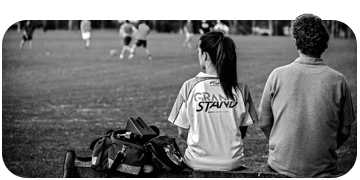
Pilates FOR EVERY-BODY
It’s a method of exercise to achieve length, strength and co ordination. It may be part of your treatment or ongoing rehabilitation from your injury.
At GrandStand we use clinical pilates - led by QUALIFIED physios
Opposed to classical or contemporary Pilates, Clinical pilates means you’ve been assessed by and are being instructed by your Physio at every session, with set goals that only you are working towards.
Your exercises are tailored for you, no matter whether you attend a 1:1, 1:2 or 1:4 class. And if things change along the way, your Physio will modify your exercises as needed, just for you.
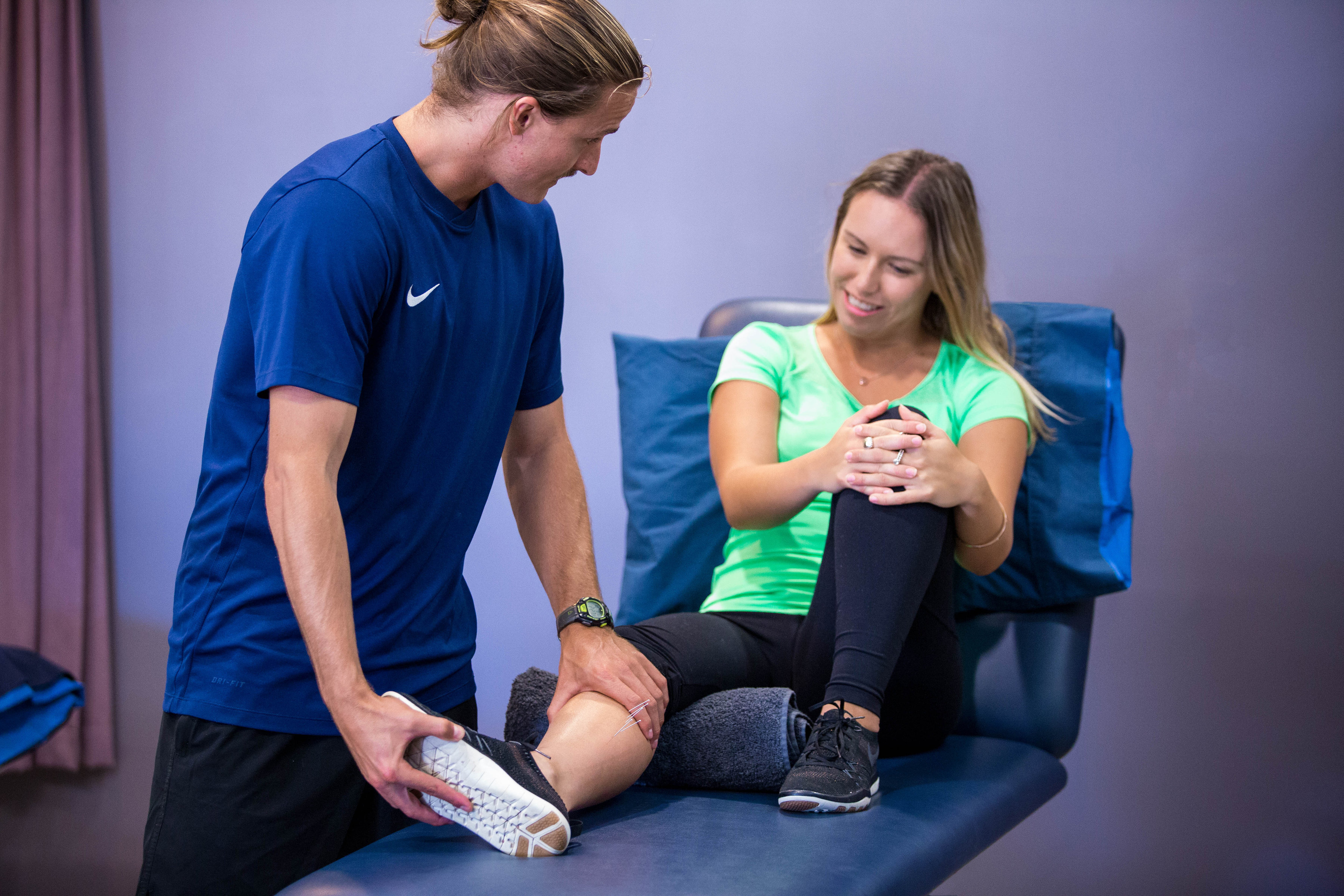
initial assessment
It’s important we understand you before starting any treatment or rehabilitation. An initial assessment, specific for Pilates, is the starting point for all our classes. This allows us to take baseline measures of posture, breath control and core stability upon which we will build your program and tailor it to you, setting individual goals for improving your flexibility, strength, and coordination. This session is also an opportunity to familiarise yourself with the equipment you’ll use in the upcoming classes.
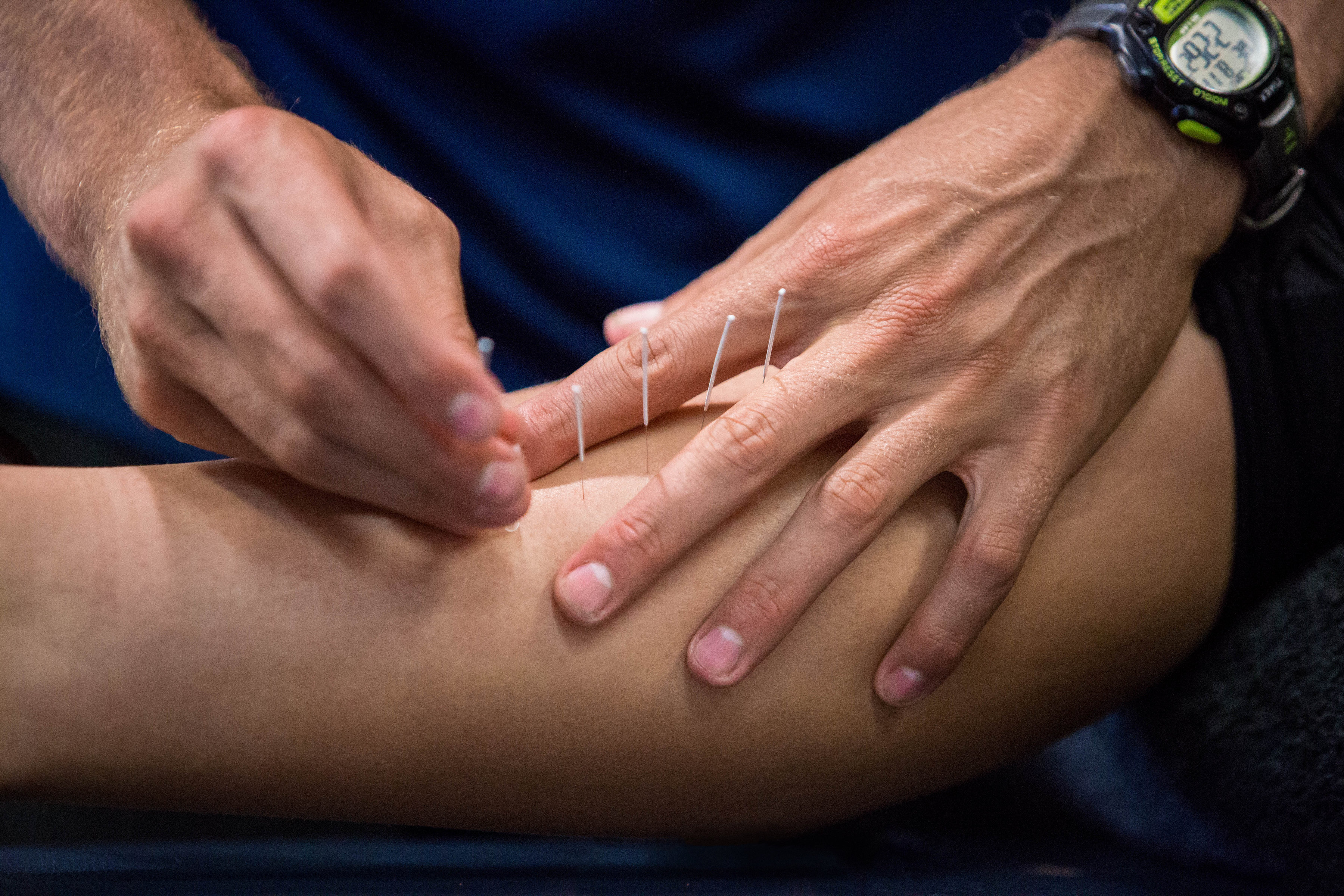
CLasses we offer
We offer equipment sessions in a 1:1 (private), 1:2 (duet) or 1:4 (group) setting. We find any more than 4 in a class and we can’t give you the time and attention you deserve. Our classes are as early as 6am weekdays all the way through until 7pm some evenings. We also have mat classes, which can take up to 10 people. Specific ‘Mums & Bubs’ mat classes are held every Monday morning, with our super star Women’s Health Physio Becky. While our Women’s Health Physio Ash runs ‘Mums and Bub’s equipment classes on a Thursday
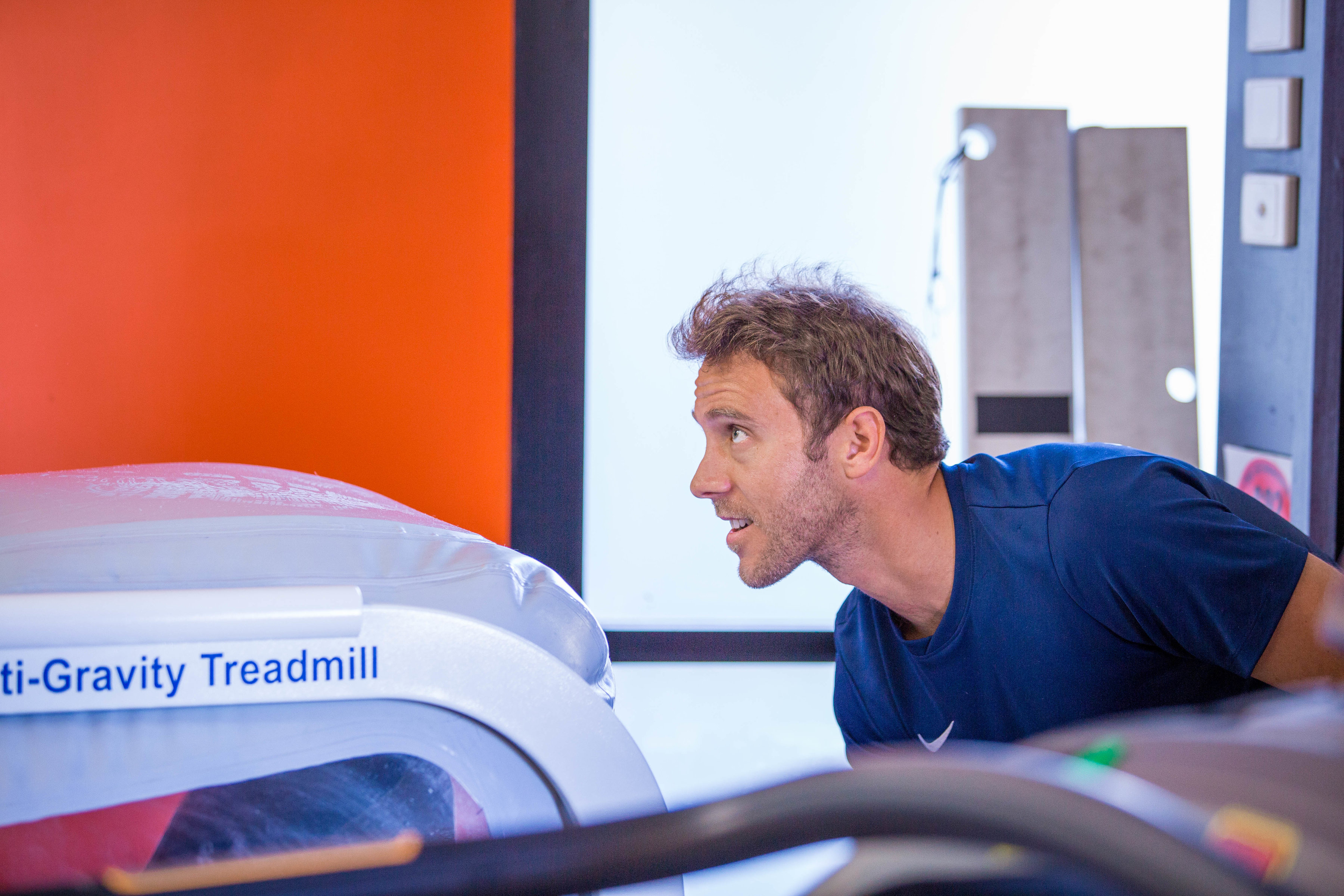
PILATES FOR RUNNERS
So, you’re a runner and you’re wondering if Pilates is for you? Or better still, you’re wondering if you even have time to fit anything more into your training program? Most people don’t know that achieving a neutral spine and activating the deep abdominals correctly are the building blocks of Pilates and Running. We tailor exercises specifically for runners to help improve form, so you can run more efficiently, further and faster.
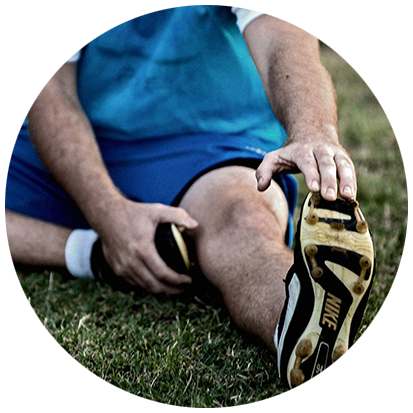
Case Study
Athlete: 20 year old elite footballer
This athlete presented having had a long history of minor strains, each one resulting in 1-3 games missed. After each incident, the athlete worked hard to restore Hamstring strength and flexibility but was always aware of tightness, especially after hard sessions. He had been able to continue by getting regular massage, but felt he had lost some confidence with explosive movements.
On examination, the Athlete had indeed regained his strength and flexibility. There was very little to suggest that the hamstring had not fully recovered.
The Athlete underwent the SFMA and FMS screenings. These tests identified a rotary dysfunction in the right thoracic spine. Using Tom Myers Anatomy Trains approach we felt we had identified a fault in the Spiral Line of Fascia. It was postulated, that the stiff upper back meant the athlete was unable to dynamically extend the the left leg freely, loading up his left hamstring (we were never completely sure that this was the case, but at least it gave us a starting point).
With this in mind, treatment consisted of thoracic spine mobility exercises and functional gait retraining. As the Athlete returned to full activity, we continued to assess and maintain Thoracic spine mobility. The Athlete’s confidence returned, and to date he has not had any hamstring complaints, and importantly has not missed any games.
